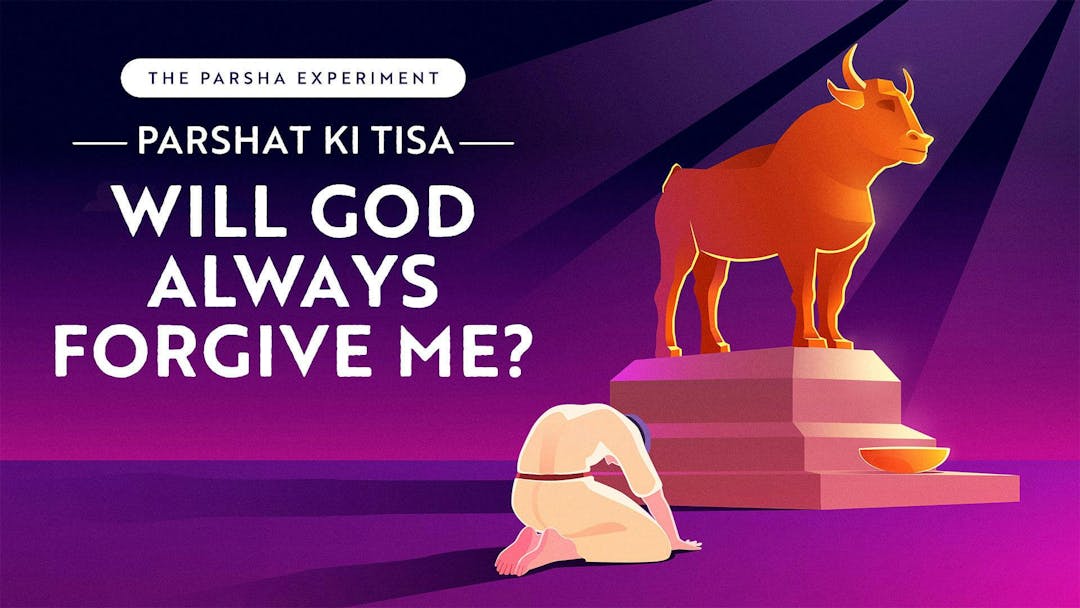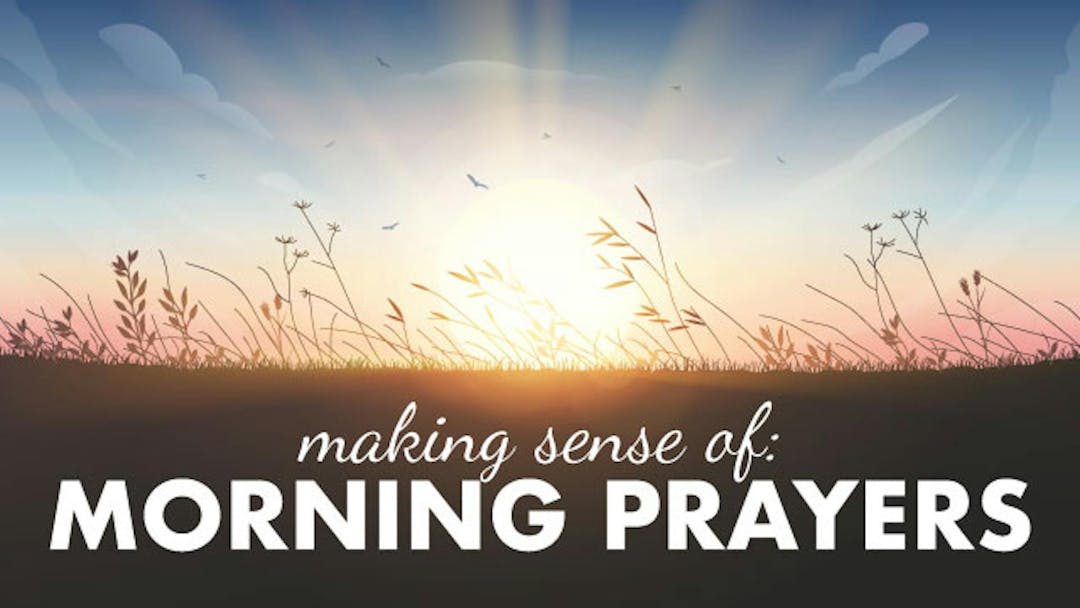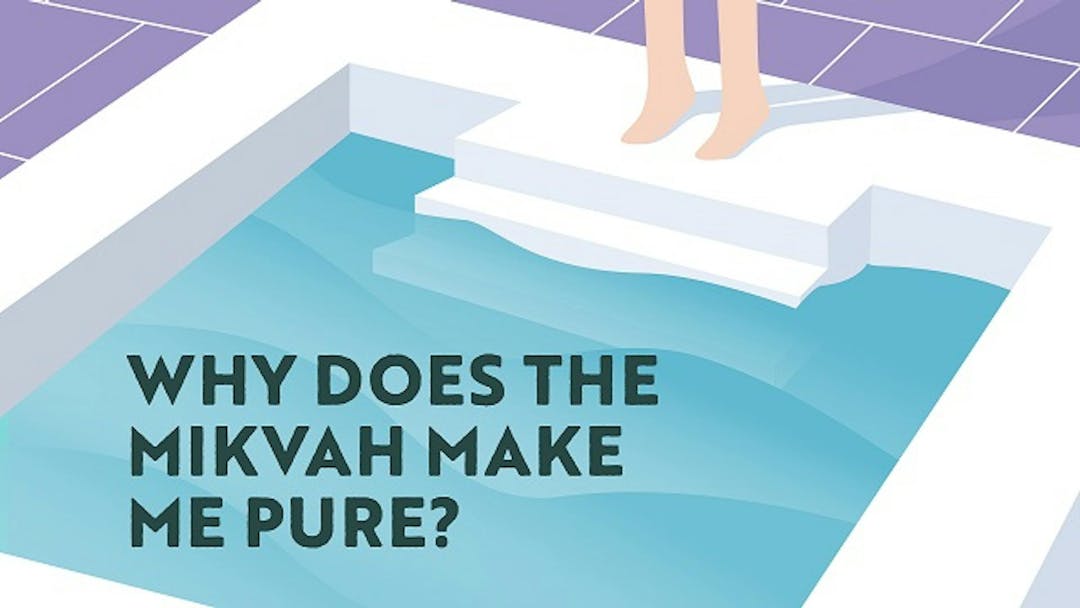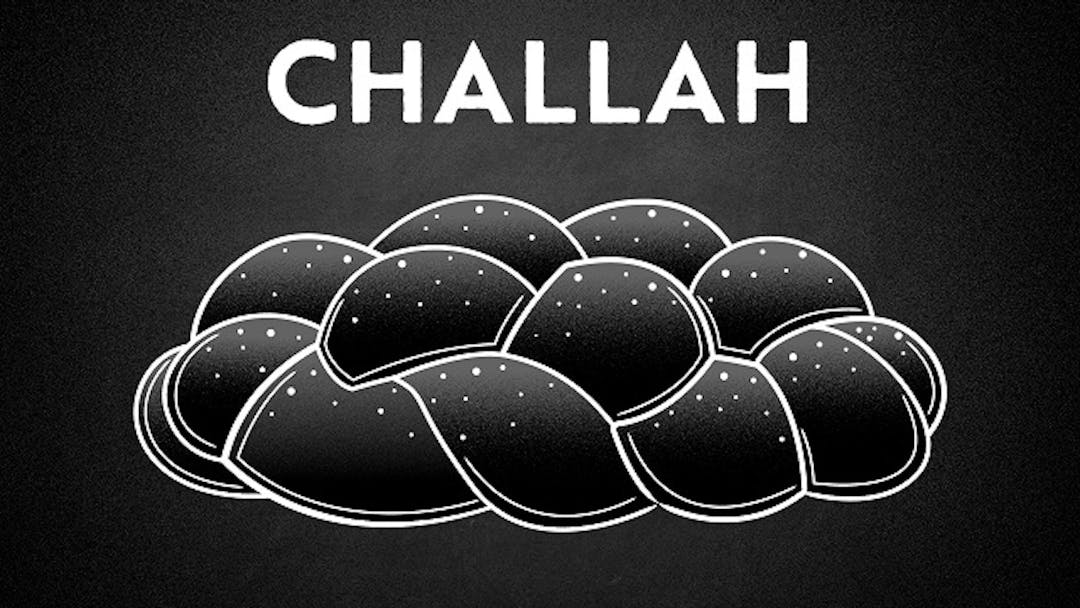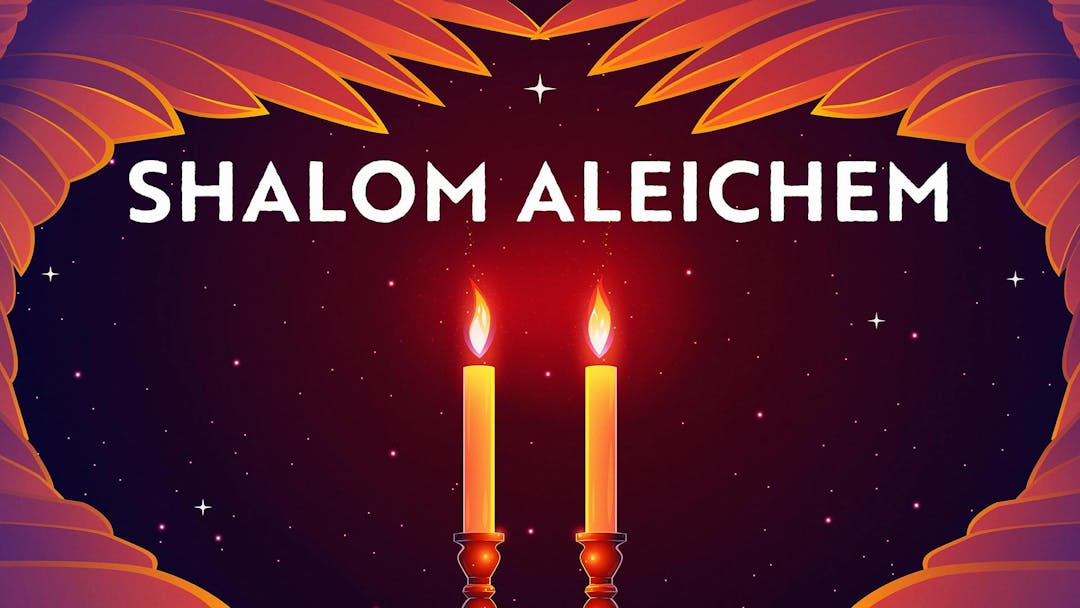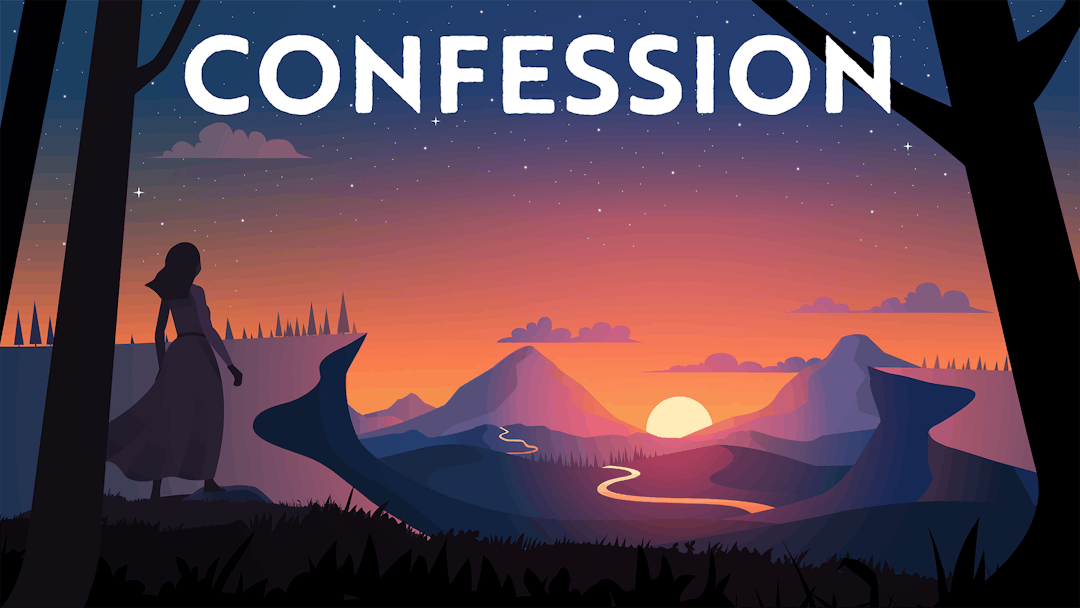Start your free trial today to unlock the full library and enjoy unlimited and uninterrupted access.
Get StartedA Closer Look At Kiddush
The Deeper Meaning Of Shabbat Morning Kiddush
The Kiddush we recite on the Saturday morning of Shabbat, what we recognize as Parshat Ti Kisa (Exodus 31:13–17), is seemingly boring and repetitive – but is this a clue to a hidden meaning?
Exodus 31 explains why we should observe Shabbat, about its holiness, and why we keep this eternal covenant between God and his people. But over and over again, from verses 13 to 17, we see the same commentary repeated. When we read it aloud, it almost sounds as if we are repeating ourselves. Why did God repeat His message? How does this influence what Kiddush should mean to us?
In this video, Rabbi Fohrman takes a deeper inspection of the seemingly repetitious nature of Saturday Kiddush. By uncovering a chiastic structure in Exodus 31, he starts to connect the common themes. Watch this video to unlock a new meaning to the Shabbat morning Kiddush you thought you knew.
Want to watch the full video for free?
Enter your email and we’ll send you a link to watch the full series free.
What is Aleph Beta?
Aleph Beta is a unique kind of Torah library. Led by our founder, Rabbi David Fohrman, we are dedicated to high-level, textual Torah learning for adults that is intellectually and spiritually sophisticated, that enlivens your Jewish practice and helps you forge a deeper connection to God. Whether you’ve been learning in yeshiva for years or you’re just beginning your Torah journey, you’re sure to find something meaningful and surprising waiting for you here.
Browse our library of over 1,000 beautifully produced animated videos, podcasts, deep dive courses, and printable guides. Topics include the weekly parsha, Jewish holidays & fast days, laws & mitzvot, prayers, relationships, big philosophical ideas and more. Have something to say at the Shabbos table that will amaze your family and guests and bring deep meaning into their lives.
